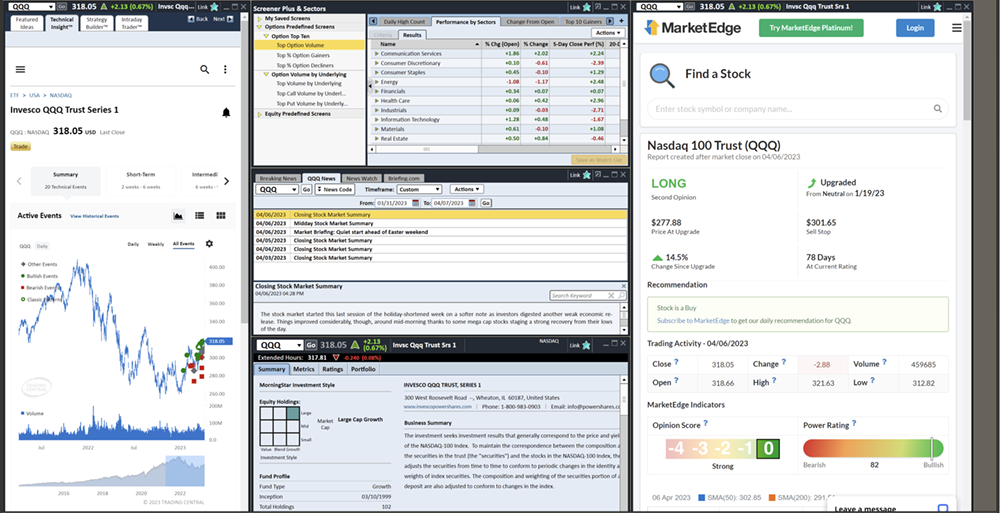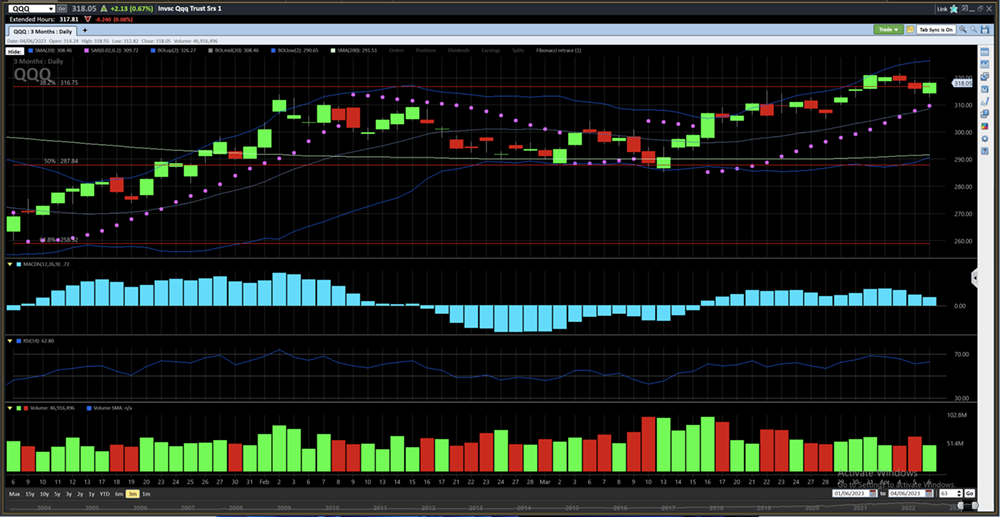Disclaimer
As an investor, you know that any kind of investment opportunity has its risks. There is no such thing as low risk stocks or options trades, and we recommend you invest wisely. Investing in stocks and options is highly speculative. All of the content on our website, in or newsletter, and in our email alerts is for informational purposes only, and should not be construed as an offer, or solicitation of an offer, to buy or sell securities. Remember, you should always consult with a licensed securities professional before purchasing or selling securities of companies profiled or discussed in the Gamma One newsletter.
Brian Dunn, Black Elm Advisers LLC founder, is a Registered Investment Adviser. Gamma One and Black Elm Advisers LLC are not affiliated companies and the content contained in Gamma One is not endorsed by Black Elm Advisers LLC. Black Elm Advisers LLC has advertising and marketing arrangements with parties that are not registered or regulated as broker-dealers, such as Gamma One, and as part of these arrangements; Black Elm Advisers LLC may pay fees or provide other forms of compensation in exchange for marketing.
Brian and his team may have a financial interest in Gamma One’s picks as they trade many of the same equities and options they select.
Brian Dunn and Gamma One (Company) is not an investment advisory service, nor a registered investment advisor or broker-dealer and does not purport to tell or suggest which securities or options customers should buy or sell for themselves.
It should not be assumed that the methods, techniques, or indicators developed at Gamma One will be profitable or that they will not result in losses. nor should it be assumed that future picks will be profitable or will equal past performance.
RISK DISCLOSURE: Options involve substantial risk and are not suitable for all investors. Please read "Characteristics and Risks of Standardized Options" prior to investing in options. Evaluate any strategy prior to use to understand risk and suitability.
Futures and forex trading contains substantial risk and is not for every investor. An investor could potentially lose all or more than the initial investment. Risk capital is money that can be lost without jeopardizing ones’ financial security or life style. Only risk capital should be used for trading and only those with sufficient risk capital should consider trading. Past performance is not necessarily indicative of future results.









